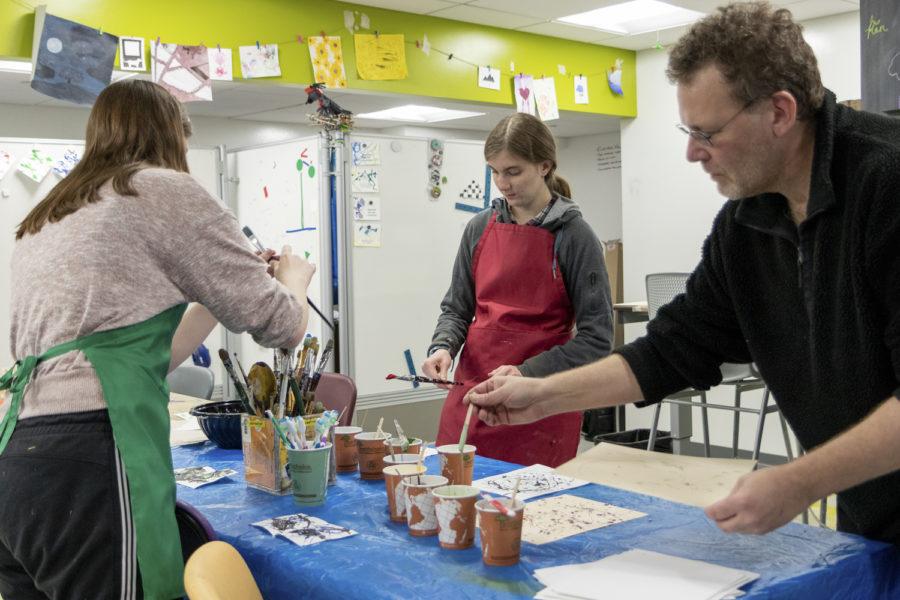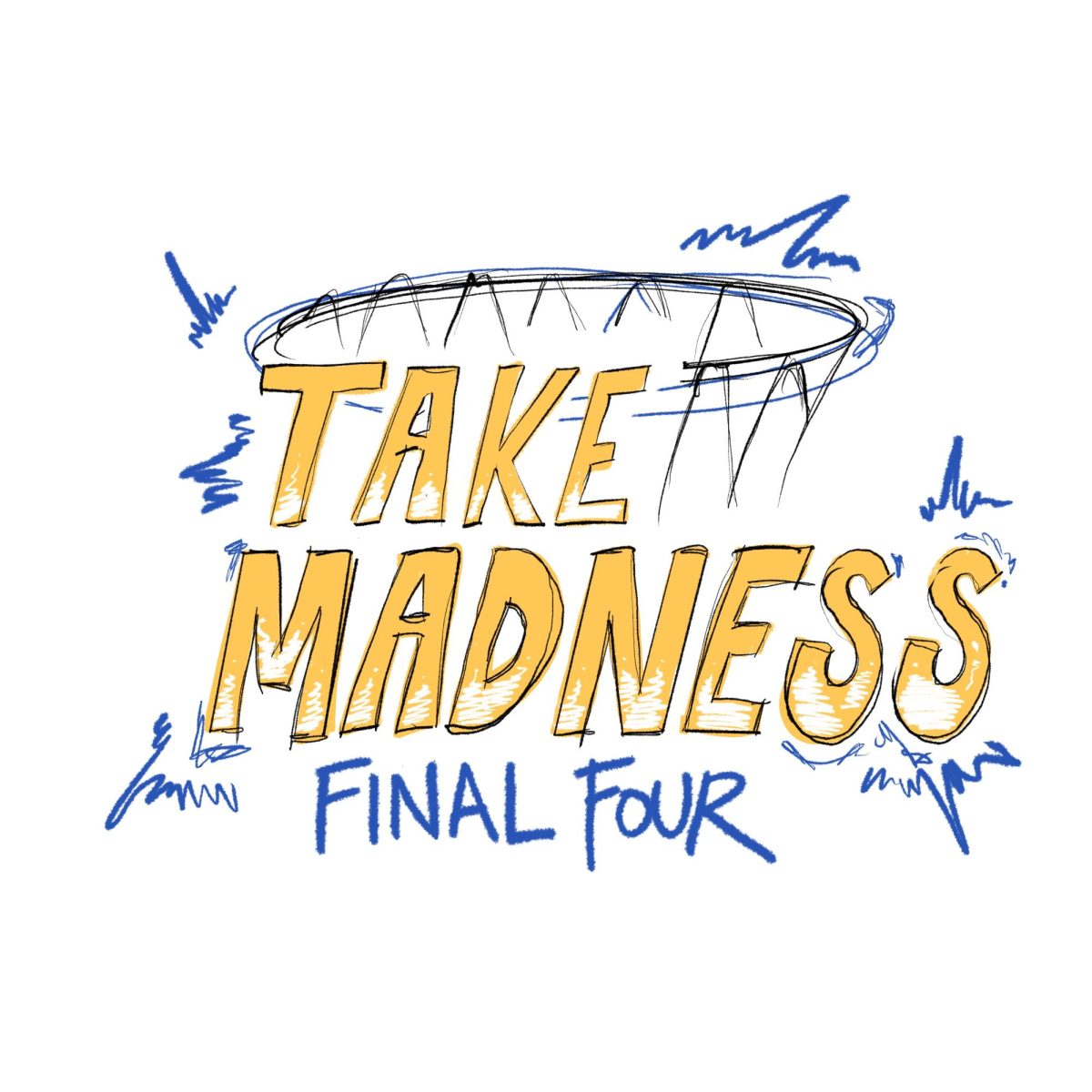Fall programming unclear for Center for Creativity
Caela Go | Senior Staff Photographer
Pitt’s Center for Creativity is currently working to determine if and how its spaces will operate in the fall.
July 22, 2020
Whether you want to learn 3D printing, painting or poetry, Pitt’s Center for Creativity is usually the place to look, but it is currently unclear how Pitt’s primary creative space will look this fall.
The Center typically operates two physical spaces — the Workshop and “Text & conText,” a collaboration with Hillman Library. Both of these spaces closed March 16 due to the COVID-19 pandemic, and programming moved online.
Pitt announced in early June that the fall semester will take place on campus, starting early with three days of remote-only classes. Erik Schuckers, the Center’s manager of communications and programming, said the C4C is currently working to determine if and how their spaces will operate in the fall.
“We’re thinking hard — and creatively — about what different scenarios for the fall will mean for our physical spaces,” Schuckers said, “and working with our partners in those spaces to determine how we can provide the safest possible creative environment.”
The Center’s Workshop is located on the lower level of the University Store on Fifth. Under normal circumstances, it provides students a space to explore various creative processes through writing, painting, musical instruments, clay and more. The C4C’s other space, “Text & conText” in Hillman Library, is a partnership with the University Library System. “Text & conText” connects students to textual arts like wood/linoleum block printing, bookmaking, calligraphy and paper marbling.
The Center also provides resources so students can freely pursue new interests. Aside from creative materials such as wood and tile pieces, paint, paper, yarn and fabric, students also have free access to equipment such as pianos, electric guitars, 3D printers, GoPros, sewing machines and many others.
“The C4C offers Pitt students, faculty and staff the resources to explore their own creativity, to connect and collaborate with each other across traditional boundaries of discipline and University role and to make new things — from music to apps, from analog to digital — without the fear of failing,” Schuckers said.
The Center also usually hosts in-person, collaborative creative events. This includes open mic nights, creative workshops and an annual event dedicated to decorating parking spaces.
“The C4C hosts regular workshops on all kinds of making — programs this past year have included visual art, beatboxing, book and zine making and 3D print design — as well as campus-wide open mic nights and an annual ‘PARK(ing) Day’ event,” Schuckers said.
But the Center’s mission to connect and provide opportunities for creators is not limited to its physical locations. Although it has not yet been decided how the fall will look for its physical locations, the Center has still been able to provide resources during the pandemic through The Pittsburgh Lens and The Screen Share.
The Pittsburgh Lens helps students, faculty and staff create media projects to showcase the Pitt and the greater Pittsburgh region. Carl Kurlander, a senior lecturer in film and media studies, founded the project.
This project also offers student internships during the school year and panels where Pitt students and community members can learn about the business side of media. Schuckers said the professional development aspects of The Pittsburgh Lens have been the most impactful, and won the initiative a grant from the Richard King Mellon Foundation.
The Screen Share is a new online initiative by the Center for Creativity in response to COVID-19. According to Schuckers, this online project includes open mics, podcasts, zines and more. One recurring program that is a part of The Screen Share is the Creative Cafe where creators can Zoom every weekday with other makers and discuss their projects.
Schuckers said he’s seen more students using The Screen Share throughout the course of the summer. He also said C4C has new online materials aimed at first-year students, and will expand the program as the new academic year approaches.
“Recognizing the special challenges presented to incoming first-years, we’ve made particular effort to involve them,” Shuckers said. “We’ve seen regular engagement with this online project grow steadily, and plan to continue expanding its reach throughout the summer and into the fall.”
Schuckers added that the Center for Creativity is dedicated first and foremost to fostering the creative process, and will keep doing so even if it means operating entirely online.
“We’ve been able to take some of our most popular programs — like workshops and open mic nights — online via Zoom, so we’re considering every option to continue to engage and celebrate creativity,” Schuckers said.



